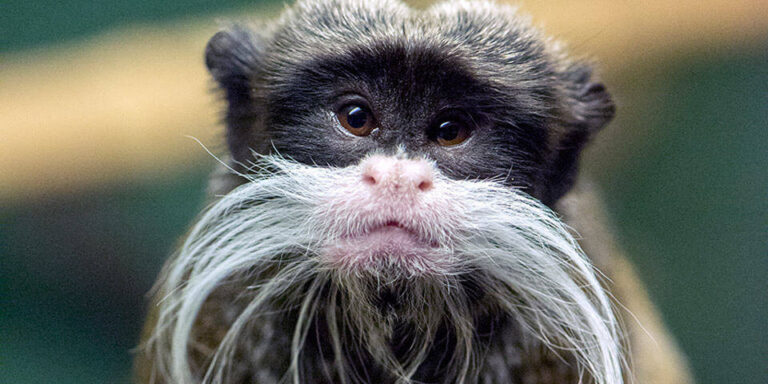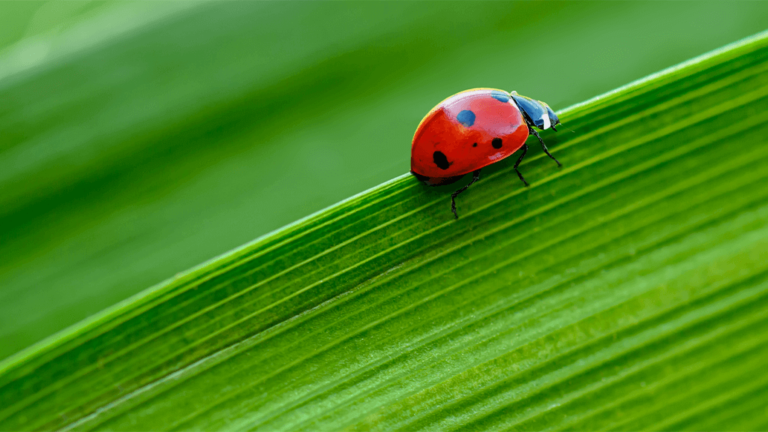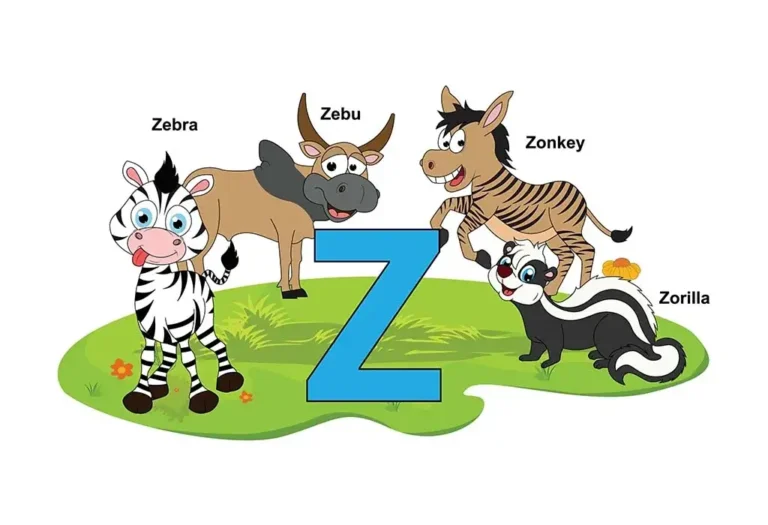Nyala: An In-Depth Look at the African Antelope
The Nyala (Tragelaphus angasii) is a magnificent antelope species native to Southern Africa. Known for its distinctive markings and sexual dimorphism, the Nyala thrives in wooded habitats and exhibits intriguing behaviors that reflect its adaptation to its environment.
Contents
Scientific Classification
- Kingdom: Animalia
- Phylum: Chordata
- Class: Mammalia
- Order: Artiodactyla
- Family: Bovidae
- Genus: Tragelaphus
- Species: T. again
Named after George French Angas, a British naturalist, the Nyala’s scientific name highlights its place within the spiral-horned antelope genus Tragelaphus.
Physical Characteristics

Nyala exhibits significant sexual dimorphism:
- Males: Larger, with a shoulder height of up to 110 cm (43 in) and weighing around 98–125 kg (216–276 lbs). Their coats are dark brown to slate grey with white vertical stripes on the sides. Males are adorned with long, spiral horns reaching 80 cm (31 in).
- Females: Smaller, about 90 cm (35 in) tall and weighing 55–68 kg (121–150 lbs), with reddish-brown coats and white stripes. They lack horns. Both sexes have shaggy manes along their backs, with males having thicker, longer hair.
Habitat
Nyala inhabits the savanna woodlands and dense thickets of Southern Africa, particularly in countries like South Africa, Mozambique, Zimbabwe, and Malawi. They prefer areas near water sources, such as riverine woodlands and floodplains, where vegetation provides cover and food.
Behavior

Nyala are shy, crepuscular animals, most active in the early morning and late afternoon. Males are generally solitary or form loose bachelor herds, while females and juveniles stay in groups of 5–10. Nyala rely on their environment for camouflage and typically freeze or move stealthily to avoid predators.
Diet
As herbivores, Nyala feeds on a varied diet of:
- Grasses (during the wet season)
- Leaves, twigs, and fruits (during the dry season). Their ability to switch between grazing and browsing makes them adaptable to seasonal changes in food availability.
Reproduction
Nyala breeding occurs year-round, with peaks during the rainy seasons. After a gestation period of approximately 7 months, females give birth to a single calf. The newborn remains in thick vegetation for the first few weeks to avoid predators. Females reach sexual maturity around 2 years, while males mature about 4–5 years later.
Predators
Nyala faces several natural predators, including:
- Lions
- Leopards
- African wild dogs
- Hyenas Young Nyala and females are particularly vulnerable, while males rely on their size and horns for defense.
Conservation Status
The IUCN Red List currently classifies the Nyala as Least Concern due to stable populations in protected reserves and national parks. However, habitat loss and poaching still threaten their numbers in unprotected areas.
Interesting Facts
- Nyala are known for their display behavior, where males exhibit exaggerated postures and mane-raising to assert dominance without resorting to physical conflict.
- Their spiral horns make them one of the most sought-after animals in trophy hunting, contributing to their protection through game reserves and the controversies surrounding hunting practices.
Evolutionary History
Nyala belongs to the Bovidae family, which includes many well-known antelope species. Their evolutionary roots trace back millions of years to ancestors that thrived in Africa’s changing climates. The distinctive horn structures in males suggest adapting to social hierarchy and predator defense.
Relationship with Humans
Nyala are highly valued in the ecotourism and trophy hunting industries, generating significant revenue for conservation efforts. However, they also face habitat encroachment due to human agricultural expansion. Their shy nature means they are rarely seen outside protected areas, and humans have played both protective and detrimental roles in their population dynamics.
Conclusion
The Nyala is a fascinating species with rich ecological and cultural significance. Its striking appearance, adaptive behavior, and complex relationship with humans highlight the delicate balance between conservation and human activity. Though currently not at risk, continuous efforts are needed to protect the Nyala’s habitat and ensure its long-term survival.
- Golden Retriever Pros and Cons: What Every Pet Parent Should Know - 15 September 2025
- Cane Corso Dog Breed: Health, Care, and Lifespan - 14 September 2025
- Catahoula Leopard Dogs: Description, Temperament, Lifespan, & Facts - 21 July 2025







